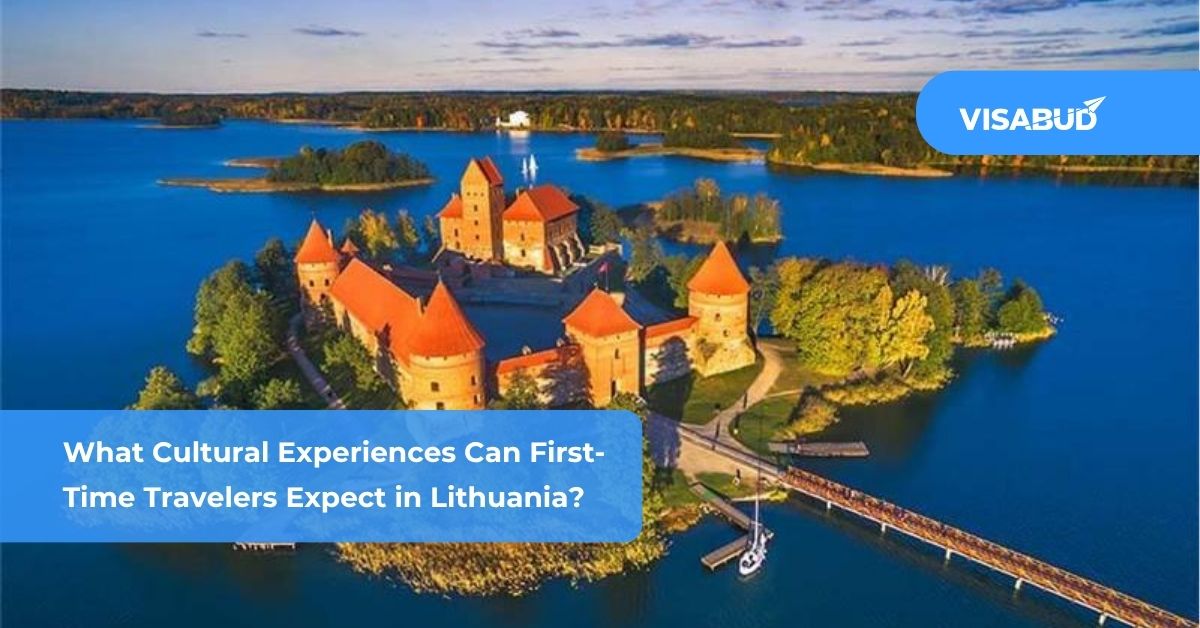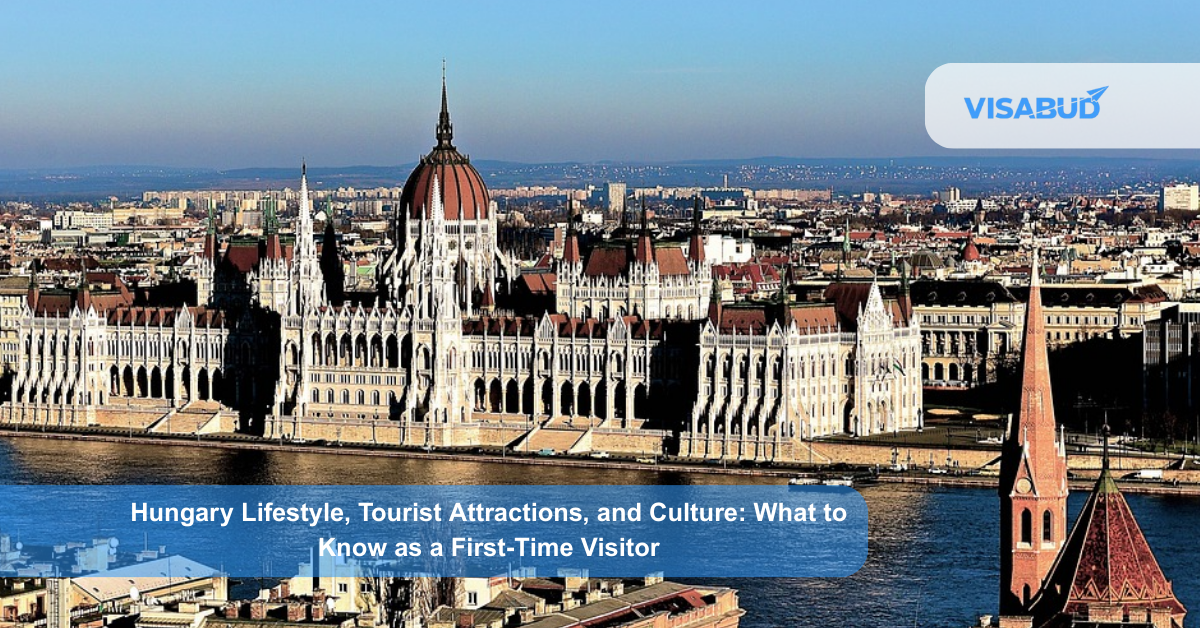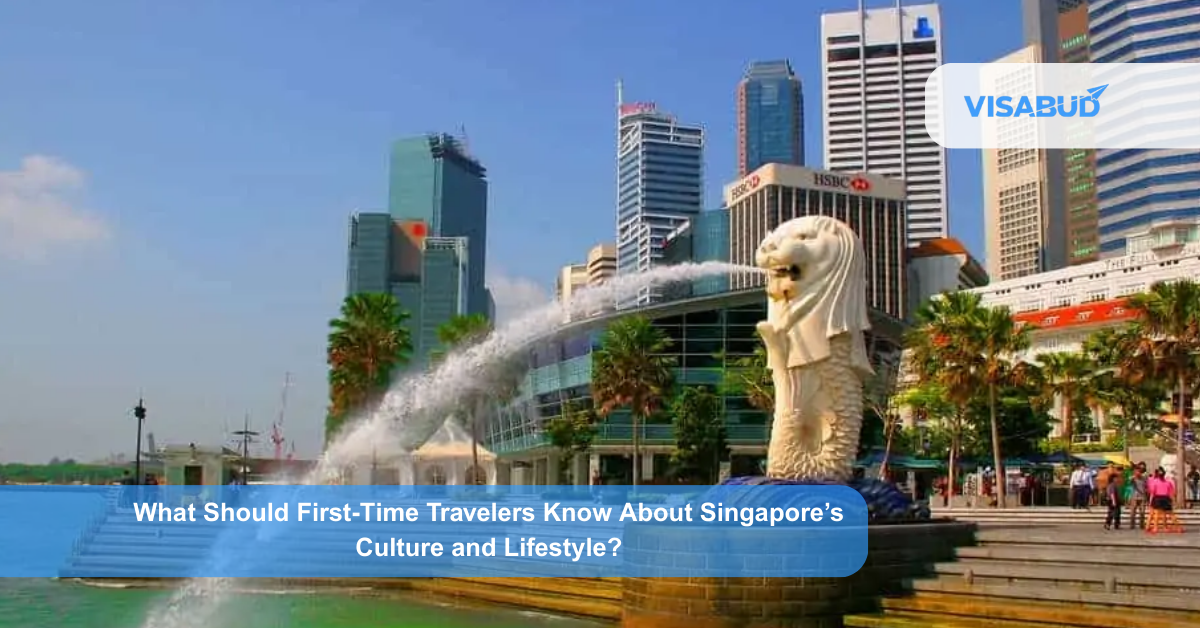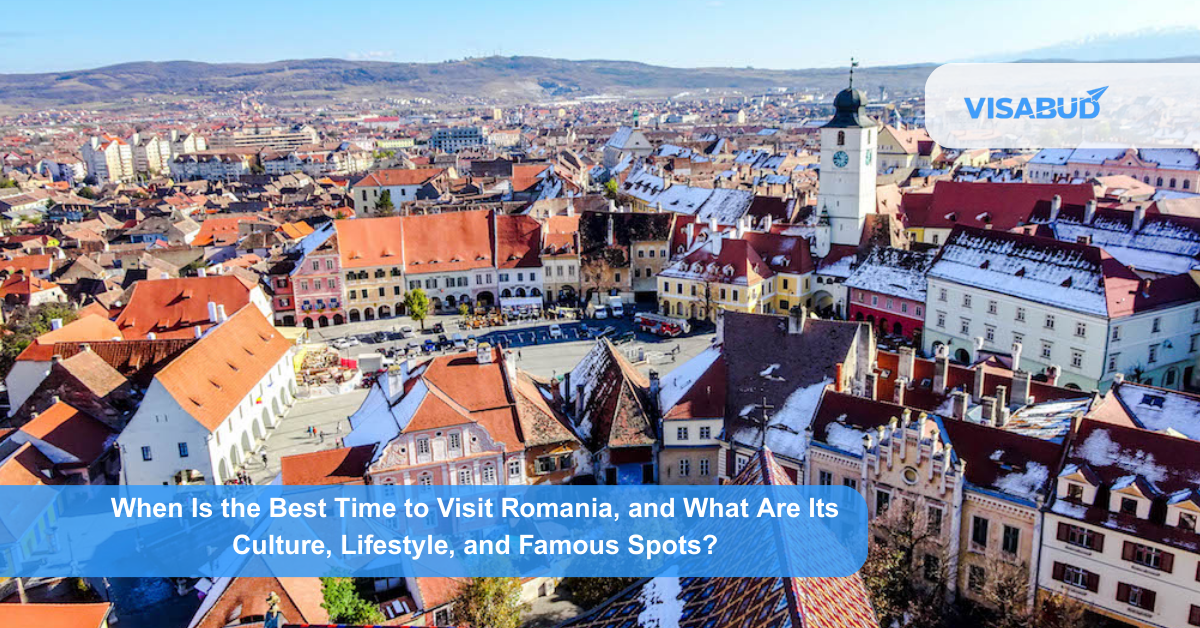With good reason, Lithuania, which is located in the center of Northern Europe, is frequently described as a hidden treasure. There is much more to this Baltic country than just beautiful scenery. For first-time travelers, Lithuania is a place where culture, history, art, and tradition converge into a rich, immersive experience that feels both authentic and deeply meaningful.
The country’s cultural roots run deep, shaped by a diverse past that includes pagan traditions, medieval kingdoms, and Soviet occupation. These influences are visible today in everything from its stunning baroque architecture and historic fortresses to its vibrant folk music and seasonal festivals. A stroll through Vilnius Old Town—a UNESCO World Heritage Site—feels like stepping into a living museum, where every street and square tells a story.
What truly sets Lithuania apart is the way it balances the old with the new. While the capital city Vilnius showcases Gothic cathedrals and Renaissance buildings, it’s also bursting with modern art galleries, bohemian cafés, and buzzing street markets. The artistic energy is palpable, especially in neighborhoods like Užupis, a quirky self-proclaimed republic known for its creativity and charm.
Beyond its cities, Lithuania’s cultural identity continues in its countryside towns, ancient castles like Trakai, and meaningful sites like the Hill of Crosses. Traditional festivals, such as Joninės (Midsummer) and Užgavėnės (pre-Lenten carnival), offer unique opportunities for visitors to engage with local customs.
Most importantly, Lithuania is known for its warm, welcoming people. Travelers often find that the best cultural experiences come from simple conversations with locals, sampling home-style dishes, or joining in a traditional dance.
For those seeking an authentic cultural adventure, Lithuania offers a journey that is as enriching as it is unforgettable.
What Historical Sites Should You Visit in Lithuania?
Lithuania, a Baltic gem rich in cultural heritage and layered history, offers an impressive range of historical sites that reflect its evolution from medieval duchy to modern nation. Whether you’re passionate about architecture, ancient traditions, or the echoes of past empires, Lithuania’s historical landmarks provide a deep and engaging look into its storied past. Here are some of the must-visit sites every cultural traveler should explore.
Vilnius Old Town: A Medieval Marvel
One of the largest surviving medieval old towns in Europe, Vilnius Old Town is a UNESCO World Heritage Site and the beating heart of Lithuania’s capital. A magnificent display of Gothic, Renaissance, Baroque, and Neoclassical architecture may be found here.
Highlights:
Vilnius Old Town isn’t just a static piece of history—it’s a lively district where past and present blend seamlessly. From street musicians to local cafes tucked in 16th-century buildings, the area captures the soul of Lithuanian identity.
Tip: Consider joining a walking tour to uncover the deeper stories behind the buildings and landmarks.
Castle on Trakai Island: A View of the Grand Duchy
Just a short drive from Vilnius, Trakai Island Castle sits gracefully on an island in Lake Galvė. Built in the 14th century, this red-brick fortress was once the residence of the Grand Dukes of Lithuania and remains one of the country’s most iconic sights.
Highlights:
Trakai is a popular destination for both locals and visitors due to its unique combination of history and nature. It’s not just a historical site but also a place to relax, enjoy traditional Karaim cuisine like kibinai, and take in panoramic lake views.
Tip: Visit during summer for boat rides around the castle or in winter to see it beautifully snow-capped.
Hill of Crosses (Kryžžių Kalnas): A Powerful Symbol
The Hill of Crosses, a hauntingly beautiful monument of resistance and pilgrimage, is close to the city of Šiauliai.Covered in over 100,000 crosses, crucifixes, and religious symbols, it represents both spiritual devotion and Lithuania’s fight for freedom.
Highlights:
Despite attempts by Soviet authorities to destroy the hill, Lithuanians continued to rebuild it, reaffirming their faith and national identity. Today, it remains a deeply moving experience for visitors of all backgrounds.
Tip: Bring a small cross if you’d like to contribute to the tradition.
Kaunas Old Town: Lithuania’s Interwar Capital
While Vilnius boasts medieval charm, Kaunas showcases interwar modernism and rich historical contrasts. Once the temporary capital, Kaunas is home to striking architecture, historic churches, and poignant museums.
Highlights:
Kaunas has a youthful vibe thanks to its student population, but its history is woven into every corner.
Tip: Visit during the Kaunas Biennial for an infusion of contemporary art within historic settings.
Kernavė Archaeological Site: Lithuania’s First Capital
Recognized as a UNESCO World Heritage Site, Kernavė was the medieval capital of Lithuania and holds remnants of ancient hill forts, burial mounds, and settlements.
Highlights:
This site is ideal for those wanting to step back further in time and connect with Lithuania’s pagan past and early statehood.
Tip: Time your visit with Kernavė Festival in July, which features medieval reenactments, traditional crafts, and music.
Rūmšiškės Open-Air Museum: A Living Time Capsule
For a broader look at Lithuanian life through the centuries, the Rūmšiškės Open-Air Museum presents an immersive experience.
Highlights:
Covering more than 170 hectares, this museum allows you to “live” history in an engaging and hands-on way.
Tip: Pack a picnic and spend a full day exploring different cultural zones.
Tips for Visiting Historical Sites in Lithuania
What Festivals and Traditions Can You Experience?
Lithuania’s cultural calendar is filled with unique events that reflect its strong national identity:
Don’t miss: Participating in these events gives you direct insight into Lithuania’s rich folklore and community spirit.
What Local Food Should You Try?
Lithuanian food is rich in tradition, filling, and comforting. Some must-try dishes include:
Potato dumplings stuffed with meat or cheese, typically served with sour cream and crispy bacon bits. A national favorite!
A baked potato pudding that’s rich and hearty, usually served with sour cream or a savory gravy.
Bright pink and cool, this beetroot soup is ideal for hot summer days. frequently accompanied by boiling potatoes.
Traditional dark rye bread, dense and flavorful. frequently eaten as an accompaniment to main courses or with butter or cheese.
Pro tip: Pair your meal with gira, a traditional non-alcoholic rye drink, or local craft beer for a full cultural experience.
What Museums and Galleries Should First-Timers Visit?
Lithuania has a wide range of museums offering everything from national history to quirky local stories:
Explore: Many galleries and museums offer English-language displays and mobile apps for self-guided tours.
How Do Locals Interact with Visitors?
Lithuanians are known for being respectful, polite, and slightly reserved at first but they’re also proud of their heritage and happy to share it with interested visitors.
Cultural insight: Showing interest in Lithuanian history or using a few local words will often lead to warmer interactions and deeper conversations.
What Everyday Cultural Experiences Can You Expect?
Beyond museums and festivals, you’ll experience Lithuania’s culture in its:
Did you know? Over 30% of Lithuania is forested, and nature is deeply ingrained in the local way of life.
FAQs: Cultural Experiences in Lithuania for First-Time Travelers
1. Which time of year is ideal for cultural events in Lithuania?
The summer months (June–August) are ideal, especially around Joninės (Midsummer Festival) and various music and folk festivals.
2. Is English widely spoken in Lithuania?
Yes, especially in cities like Vilnius, Kaunas, and Klaipėda. Younger people and those in the tourism industry usually speak fluent English.
3. Do I need to know Lithuanian to enjoy cultural experiences?
Not necessarily. While learning a few basic words is appreciated, most museums, restaurants, and public areas offer English translations.
4. What are some must-visit cultural sites in Lithuania?
Vilnius Old Town, Trakai Island Castle, Hill of Crosses, and the MO Museum are top picks for cultural exploration.
5. Are traditional Lithuanian foods vegetarian-friendly?
Many traditional dishes are meat-based, but vegetarian options like šaltibarščiai (cold beet soup) and rye bread with cheese are widely available.
6. Can I attend local festivals as a tourist?
Absolutely! Most cultural festivals are open to the public and welcome tourists. Participating is a great way to meet locals and experience traditions.
7. Is Lithuania safe for solo travelers interested in culture?
Yes, Lithuania is considered one of the safer destinations in Europe. Stick to well-known areas and observe basic travel precautions.
8. Are museums and historical sites tourist-friendly?
Most major museums provide English descriptions, audio guides, or apps to help international visitors.
9. What etiquette should I follow when interacting with locals?
Be polite, greet with “Labas” (hello), and avoid being overly loud in public. Removing shoes before entering homes is a common courtesy.
10.Are cultural tours available in Lithuania?
Yes, guided cultural tours—both walking and bus—are available in major cities and popular sites, often led by knowledgeable locals.
You May Also Like : Schengen Visa Itinerary Guide for Indian Nationals
Final Thoughts: What Makes Lithuania Worth Visiting for Cultural Explorers?
Lithuania offers a compelling mix of deep-rooted traditions, resilient history, and creative modern energy. For first-time travelers, it’s a country where you can:
Whether you’re a history buff, foodie, art lover, or casual explorer Lithuania welcomes you to dive into its culture and make your own memories.
Looking for a Lithuania Visa? Feel free to contact us!
Suggested Reading : Eco-Friendly Family Holidays in Europe







